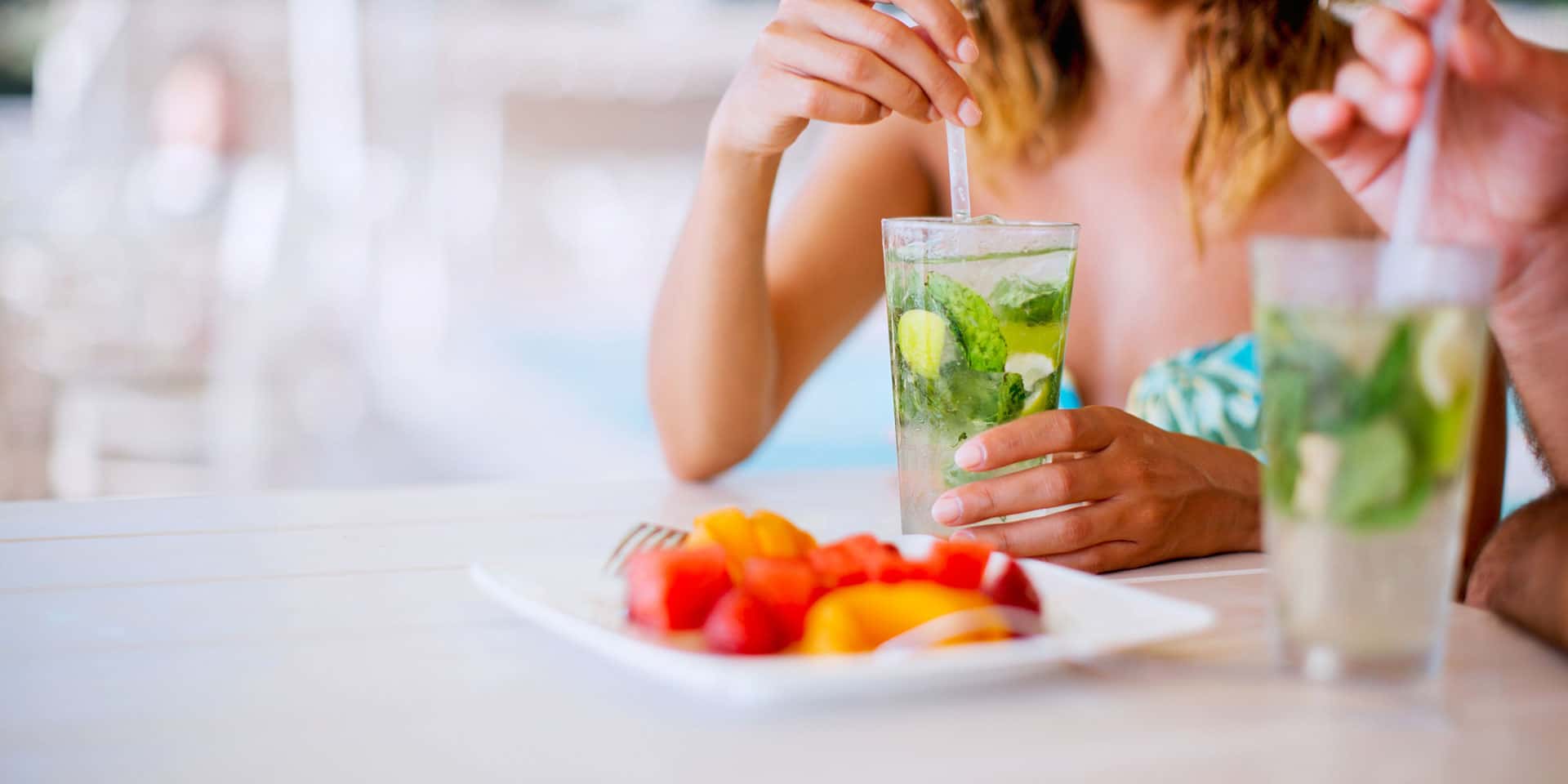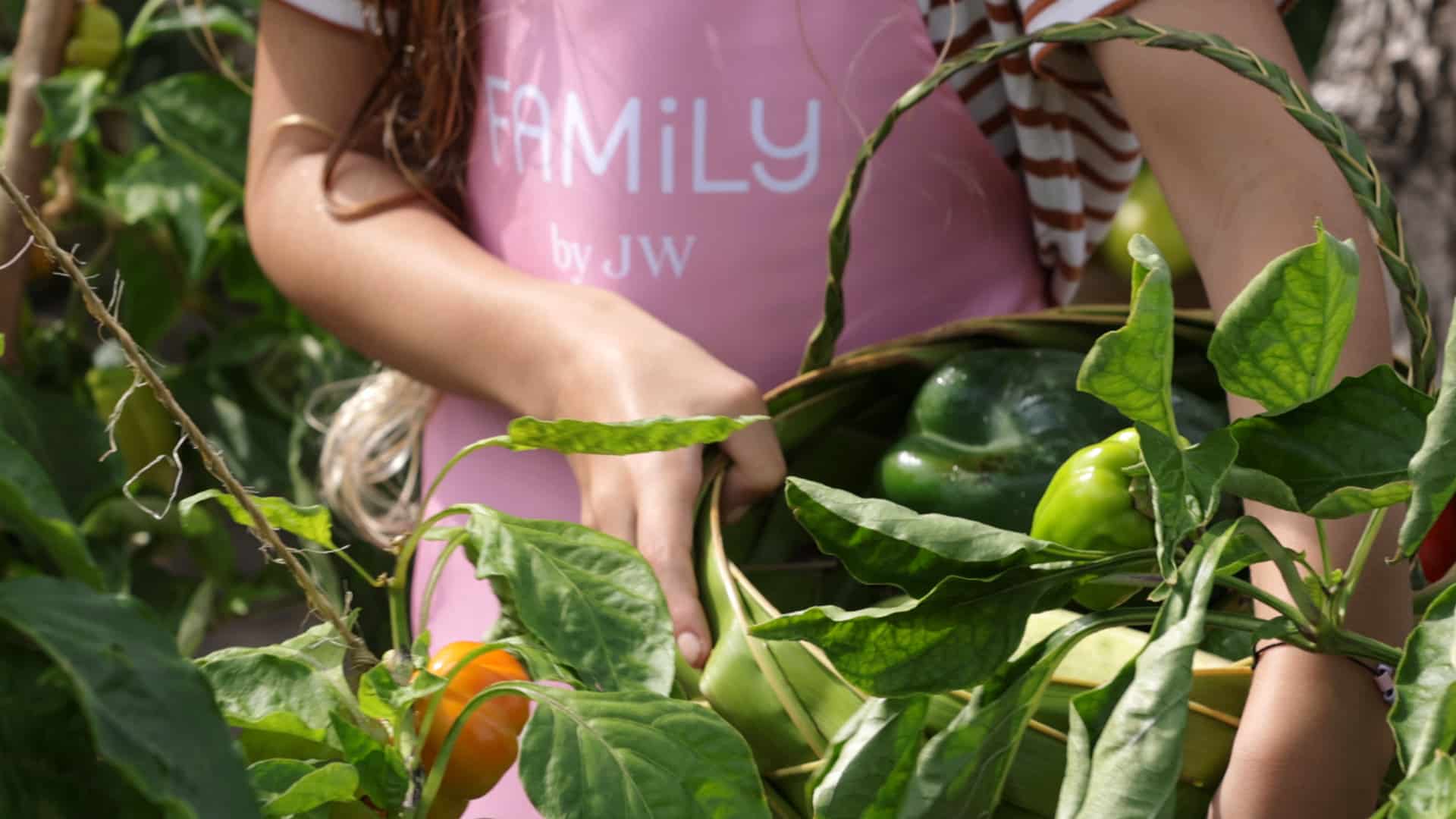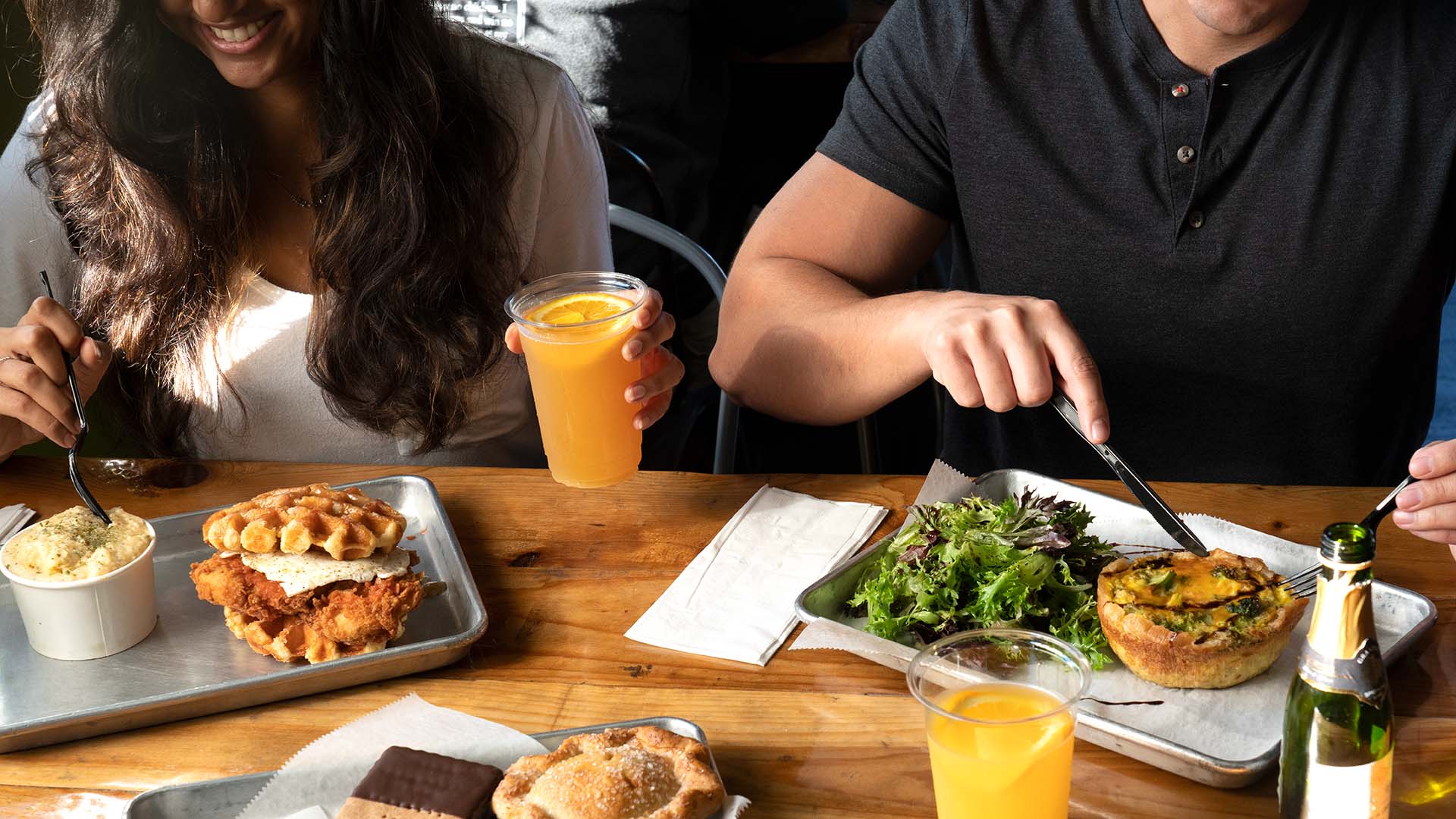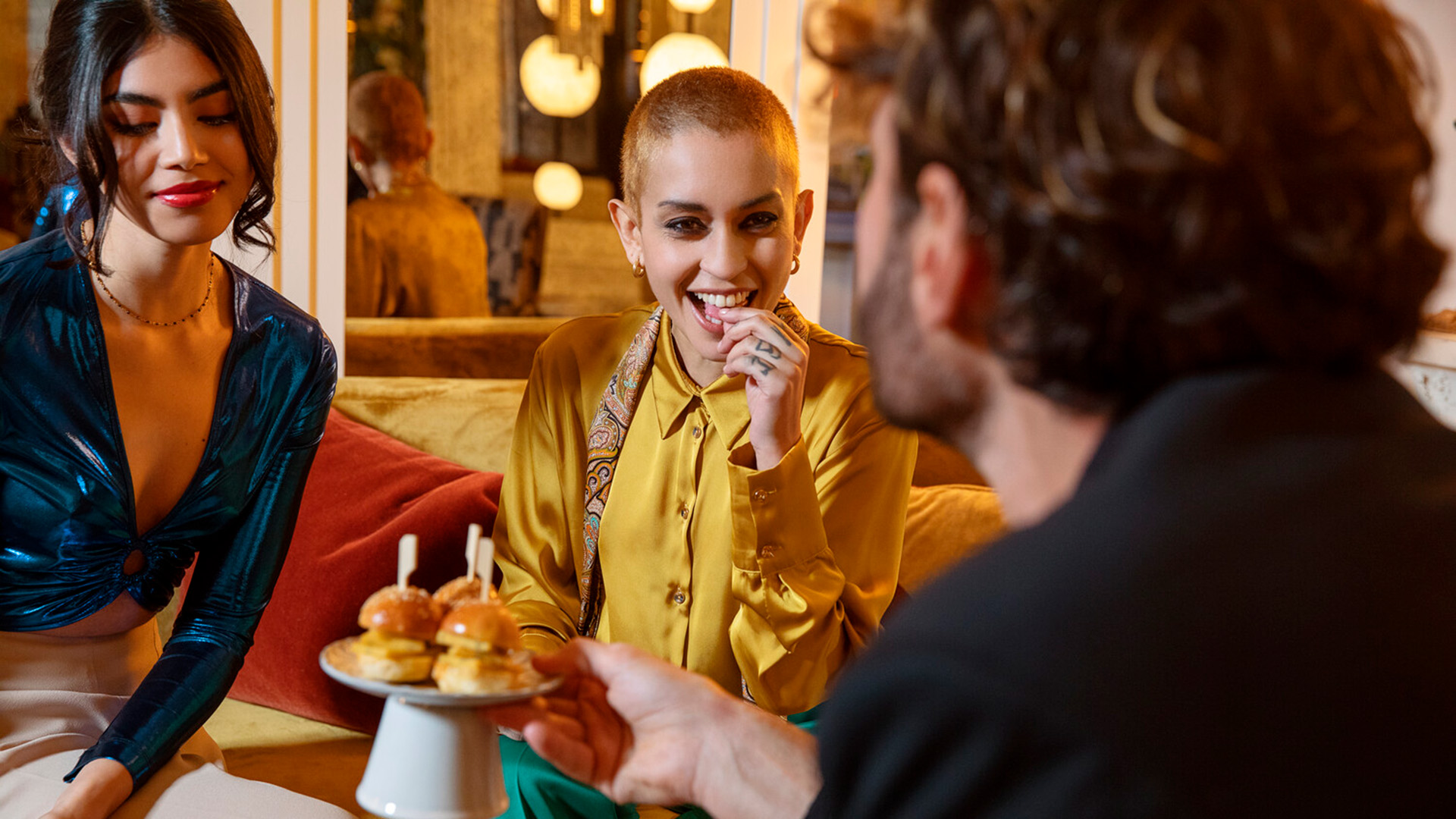
You’ll find yourself enjoying more than one rum cocktail on your trip to the Caribbean. (Photo: Getty Images)
Eat + DrinkForget Pirate’s Booty. Here’s Where to Find the Best Rum in Barbados, St. Kitts and the BVI
By Robert CurleyRum is famously the drink of pirates and buccaneers, but you don’t need a pirate’s eye patch or a wooden leg to enjoy the spirit of the Caribbean.
You’ll find rum in your welcome drink upon arrival at your resort, at traditional rum bars where it fuels friendly debates about sports and politics, and at distilleries across the Caribbean where rum is still made the traditional way, from sugar cane and molasses.
Barbados: Where Rum was Born
Barbados is the birthplace of rum: records exist of the spirit being distilled as a byproduct of the sugar industry on the island as early as 1650, and Barbados still has the reputation for making some of the best rums in the world.
It may or may not be true that Barbados has one rum shack for every church on the island, but rum is deeply embedded in Bajan culture as well as a big attraction to island visitors.
Mount Gay rum, distilled locally since 1703, is the island’s most famous export (well, besides Rihanna), and Barbados visitors can tour the Mount Gay estate for tours, tastings, and perhaps meet Trudiann Branker, the first female master distiller in the company’s long history.
Bajan rum is as varied as the high-alcohol “overproof” varieties like Hampden Estates’ Rum Fire to the refined, barrel-aged spirits crafted by Foursquare and Mount Gay.
Some of the island’s finest rums can be sipped at St. Nicholas Abbey, a boutique distillery that will please your palate with sipping rums aged up to 18 years and then lead you on tours of the rum factory, the plantation’s circa 1658 Great House, and a ride on a steam train up Cherry Tree Hill for outstanding views of Barbados’ east coast.
A Sweet Train Tour of St. Kitts
Trains were once used to transport sugar cane to mills for processing into raw sugar and rum: on the island of St. Kitts, an 18-mile narrow-gauge railroad was built to bring cane from the fields to the capital of Basseterre.
Large-scale sugar production on St. Kitts is a thing of the past, but visitors can ride the St. Kitts Scenic Railway on double-decker observation cars through the old plantations as guides tell stories about the island’s history. Rum punch, of course, is served onboard.
From Cane to Bottle
The flavor of rum actually varies quite a bit from island to island: Barbados rum tends to be lighter and more balanced than the pot-distilled rums of Jamaica, for example, and Cuban style rums taste different than either.
On Tortola in the British Virgin Islands, you’ll find the Callwood Distillery, where they’ve been making rum in the same traditional fashion for at least 400 years—and it tastes very differently from those found anywhere else.
Located in the aptly named Cane Garden Bay, the distillery is a short stroll from the town’s famous beaches but a long journey back in history. Seemingly untouched since the 17th century, the distillery’s hulking stone buildings house barrels full of aging rum and a low-key tasting room; outside is an old copper still, heated by coal. In the back are the fields of sugar cane that provide the raw material for rum production.
The unique flavor of Callwood’s rum derives from a process that sees the liquor distilled directly from cane juice rather than molasses, giving it a distinctly organic, even grassy finish.
It’s quite a contrast from the BVI’s other famous rum, Pusser’s, traditionally served to British Navy sailors and the main ingredient in the BVI’s official cocktail, the Painkiller. The potent rum drink is best enjoyed on the beach—you can get a Painkiller served in a tin mug at Myett’s Beach Bar right in Cane Garden Bay, or sail over to White Bay on Jost Van Dike and join the daily party on the sand at the Soggy Dollar.







